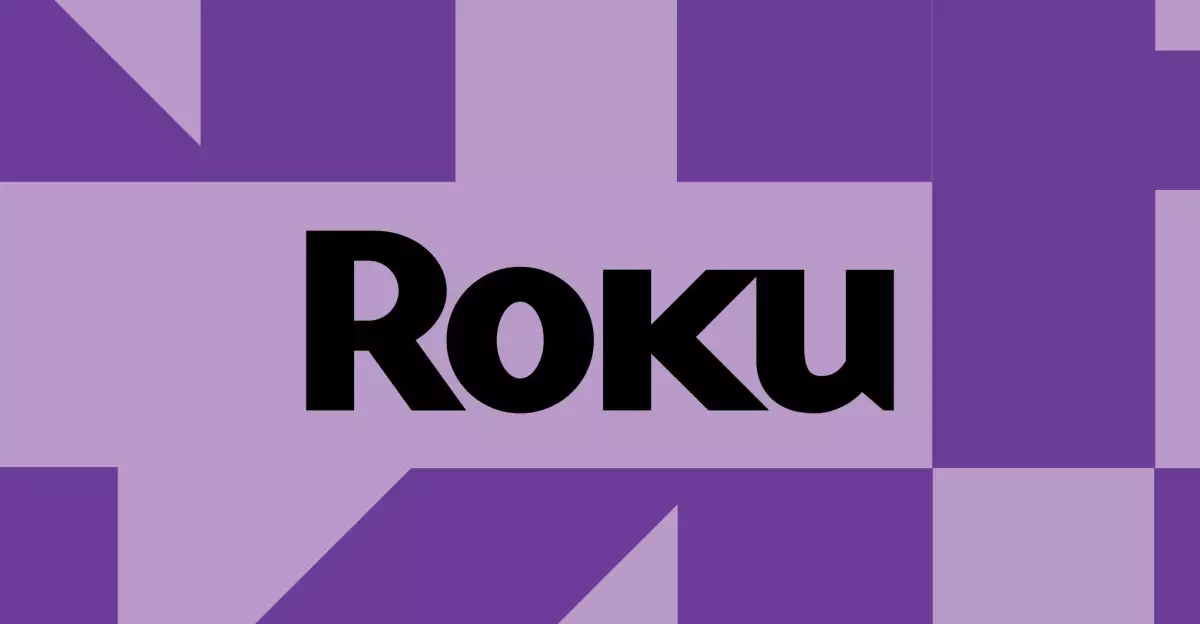In recent days, a cloud of dissatisfaction has descended upon Roku users who avidly rely on their devices for high-definition streaming. The source of the discontent? A glitch that has left many streaming HDR (High Dynamic Range) content with washed-out colors, rendering vibrant images into lifeless grayish tones. This situation has ignited a wave of frustration across social media and online forums, particularly concerning popular platforms like Disney Plus. As a dedicated tech enthusiast myself, it’s disheartening to witness technology—often celebrated for its ability to enhance our entertainment experiences—stray so far off the mark.
From the looks of it, the crux of the matter lies in a recent software update that some believe has exacerbated issues inherent to streaming HDR content on Roku devices. The community-driven discourse on the Roku issue tracker has revealed that symptoms extend beyond a single application. Initial reports predominantly pointed to anomalies in Disney Plus; however, as the conversation expanded, it became evident that users across platforms like YouTube TV, Netflix, and Amazon Prime Video were also grappling with desaturation issues in HDR content. This pervasive degradation of streaming quality raises serious concerns: it isn’t merely about a single app misbehaving—it’s a potential systemic flaw with the device’s software.
User Experiences: A Tapestry of Frustration
Real-world experiences shared by users paint a vivid picture of the frustration surrounding this issue. Early discussions on the Roku forums depicted the problems as isolated to TCL models, alluding to a niche set of circumstances. Yet, as more users chimed in—detailing their own dilemmas with HDR on brands like Hisense—it became clear that these problems are widespread. Users have differentiated their experiences between apps and HDMI sources, often reporting that while streaming services falter, physical connections to game consoles or Blu-ray players function without a hitch.
This inconsistency is troubling. If high-quality content through HDMI ports looks splendid while the same content streamed via Roku appears grievously impaired, it invites questions about Roku’s commitment to user satisfaction. As a consumer, I can’t help but feel disillusioned when a company fails to address widespread issues promptly. This isn’t the type of situation we expect from a platform that prides itself on user experience and technological reliability.
The Role of Updates: Progress or Pitfall?
Software updates are typically intended to enhance performance, fix bugs, and improve user features. However, in this specific instance, one must ask: has Roku’s latest update achieved its intended purpose, or has it ushered in a new realm of problems? The sticky nature of software updates is that they can often yield unforeseen complications that can disrupt the very fabric of the user experience.
Roku’s handling of this situation thus far has been notably reactive, with community moderators stepping in to weave threads of communication between the company and its users. By seeking feedback and specific examples of affected content, Roku shows a willingness to address the complaints. Yet, there lies the undeniable urgency for a more proactive strategy, especially in an era where immediate resolutions can significantly impact user loyalty and brand reputation. The compelling narrative of software updates rendering TV sets dysfunctional should not be a common theme moving forward.
A Call for Transparency and Engagement
The outcry from users highlights a broader need for companies like Roku to prioritize transparency. As consumers, we invest in technology with the expectation that our devices will deliver a seamless experience. When that expectation is shattered, it doesn’t merely damage our immediate experience; it undermines trust in the brand itself. The notion that HDR streaming can devolve to almost monochromatic experiences on a device marketed for HDR brilliance is unacceptable.
Moreover, the repetition of color issues across multiple apps suggests an urgent need for an internal review of Roku’s software ecosystem. It’s high time that Roku not only resolves the current hiccup but also reevaluates its approach to updates and communication with its user base. By embracing the voices of its community and committing to genuine improvements, Roku could rejuvenate its standing in the tech and entertainment spheres. After all, in this ever-evolving digital age, a company’s relationship with its customers can set the tone for its future as much as its technology can.

